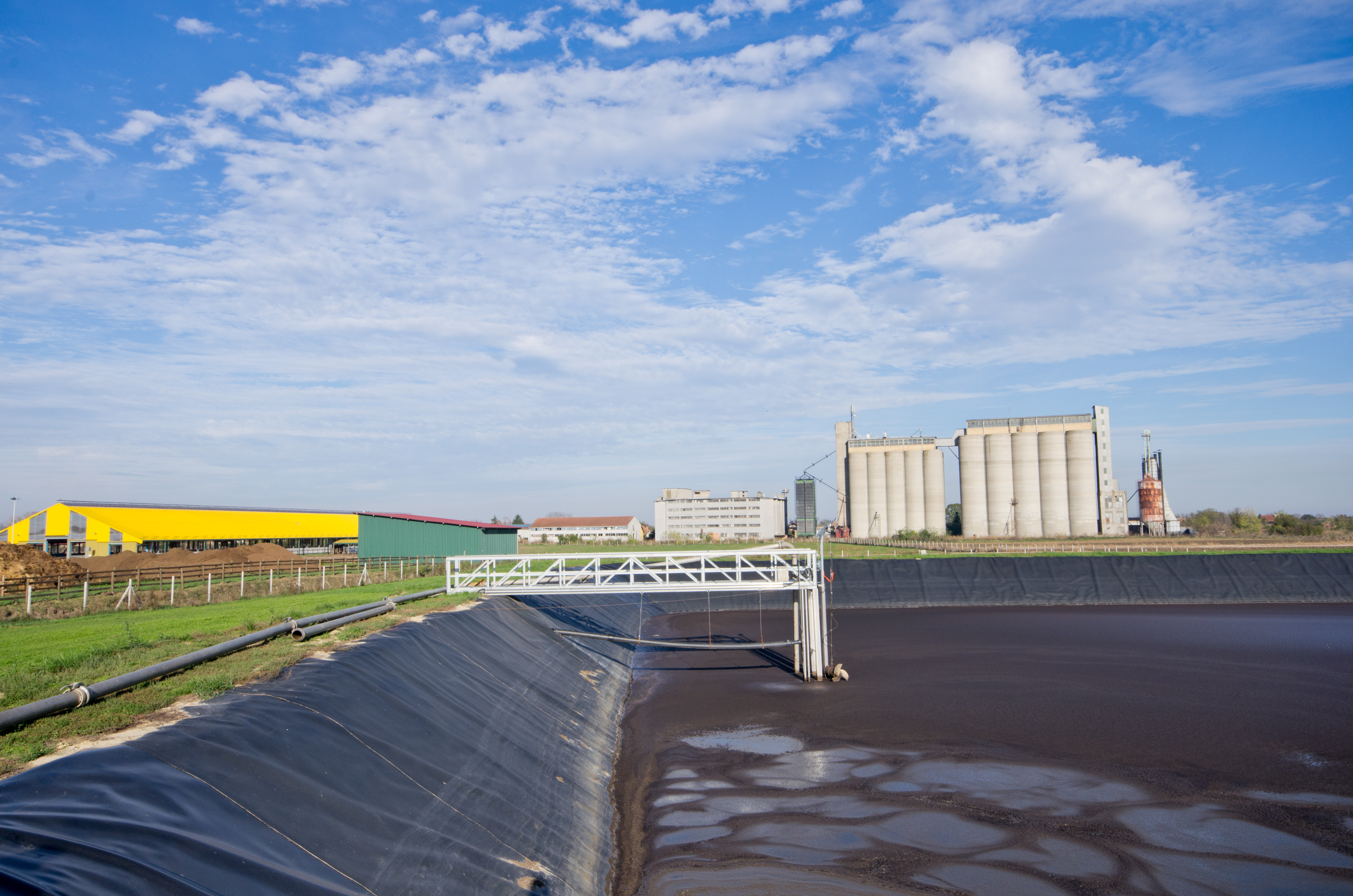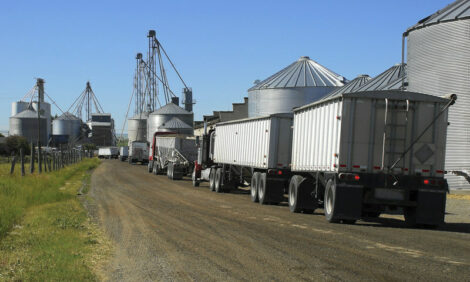



US pig farmers significantly reduce environmental footprint over 17-year study
Data gathered from more than 106,000 samples at 182 North Carolina farms shows significant reductions in ammonia levels and manure nutrient content.A new environmental study has found that pig farms are generating less manure nutrient content associated with odour. The improvements are attributed to gains in feed efficiency, which means it takes less feed to raise a pig.
“For an industry that is continually striving to become more sustainable, this study shows that pig farmers are making significant progress toward reducing the environmental impact of their farms,” said Lowry Harper, president of Harper Consulting, who conducted the study from decades-long data.
The study, funded by the Pork Checkoff and conducted by Harper Consulting in consultation with Southern Utah University, found that North Carolina pig farmers have significantly increased feed efficiency over the past 17 years. Long-term, continuous improvement has resulted in trending reductions in nutrient content in manure lagoons at the farms. Specifically, data gathered from more than 106,000 samples at the 182 participating North Carolina pig farms showed a reduction of 35 percent to 78 percent in the nutrient content from hog finishers in primary lagoons, and a reduction of 17 percent to 68 percent in primary lagoons for sow farms. Also, the study showed a reduction of 22 percent to 54 percent in ammonia levels.

The analysis showed considerable improvements in pig farms’ nutrient output, with major decreases in all nutrient concentrations, except for copper which is an essential dietary nutrient. The modelling conducted suggested decreased emissions, including ammonia.
While the study looked at North Carolina farms, the findings can likely be replicated throughout the country as US pig farmers adopt better genetics and target nutrition and greater veterinary care.
The environmental study shows hog farms’ contributions to nutrient levels and ammonia emissions have declined significantly over the last two decades. Other activity – increasing human population and growth in associated emission sources like automobiles, industry and human waste processing – has likely contributed to a general increase in ammonia emissions in the state.
The study also found that “advancements in swine production practices, changes in feed formulation, improved swine genetics, reduced nutrient excretion and other management changes have resulted in reduced nutrients in both primary and secondary lagoons.”
“US pig farmers have a great story of sustainability to share, and this study validates it,” said Jan Archer, a pig farmer from Goldsboro, North Carolina.
“Farmers have always been good stewards of the environment, and we are proud of the continuous improvement and innovative practices on our farms. As a pig farmer in the second-largest pork producing state in the country, I am proud of our record and believe these sustainability gains are being replicated by many of my fellow farmers in other states.”
A summary of the environmental study is available online.








